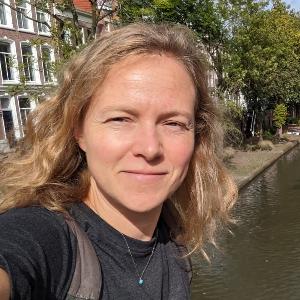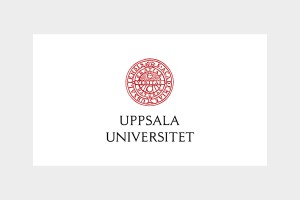Project Description
Paleomagnetic records of sediments provide crucial information about the evolution of the geomagnetic field throughout Earth's history and help to understand the workings of the geodynamo. To obtain accurate time series of geomagnetic field variations, the magnetic signal must be recorded during deposition near the sediment surface. A poorly understood aspect affecting magnetization depth is the distribution of magnetotactic bacteria (MTB) in the sediment. These microbes form intracellular magnetite or greigite crystals known as magnetosomes that can potentially distort the magnetic record depending on a) how deep in the sediment they are mineralized and b) on the extent to which they are preserved over geologic time. Both aspects of sedimentary "magnetofossilisation" are subject to large uncertainties due to a lack of direct observations. Our goal is to gain insight into these processes through two new experimental approaches. We will use metatranscriptomic and magnetic methods to determine the distribution of MTB and indicators of active biomineralization with sediment depth and compare these to estimates of lock-in depth. For this purpose, we will examine high-resolution Holocene sediment sequences rich in magnetosomal magnetite and greigite, respectively. For two different localities, preliminary results suggest that MTB may survive over long time periods and continue to mineralize magnetosomes in the subsurface. Confirmation of this hypothesis would have important implications for how magnetofossils are interpreted in the rock record. Additionally, we will conduct controlled laboratory experiments to constrain the conditions that lead to magnetosome preservation. Synthetic magnetite and cultured MTB will be exposed to reducing conditions that mimic early diagenesis. The dissolution kinetics of extracellular and intracellular magnetite will be determined using in-situ magnetic measurements. This will yield estimates for the half-life of magnetite under anoxic conditions relevant to sedimentary environments. Our integrated approach, combining magnetic methods with microbiological techniques and chemical alteration experiments, has the potential to shed new light on remanence acquisition in sediments with important implications for the interpretation of magnetofossils in the rock record.
Project staff
Project information
- Antragstellerin
- Dr. Sophie Roud
- Projektnummer
- 521548970
- Mitverantwortlich
- Professor Dr. William Orsi
- KooperationspartnerInnen
- Professor Dr. Ian Snowball




